The extraordinary true story of The Pembrokeshire Murders and the 'Bullseye killer'
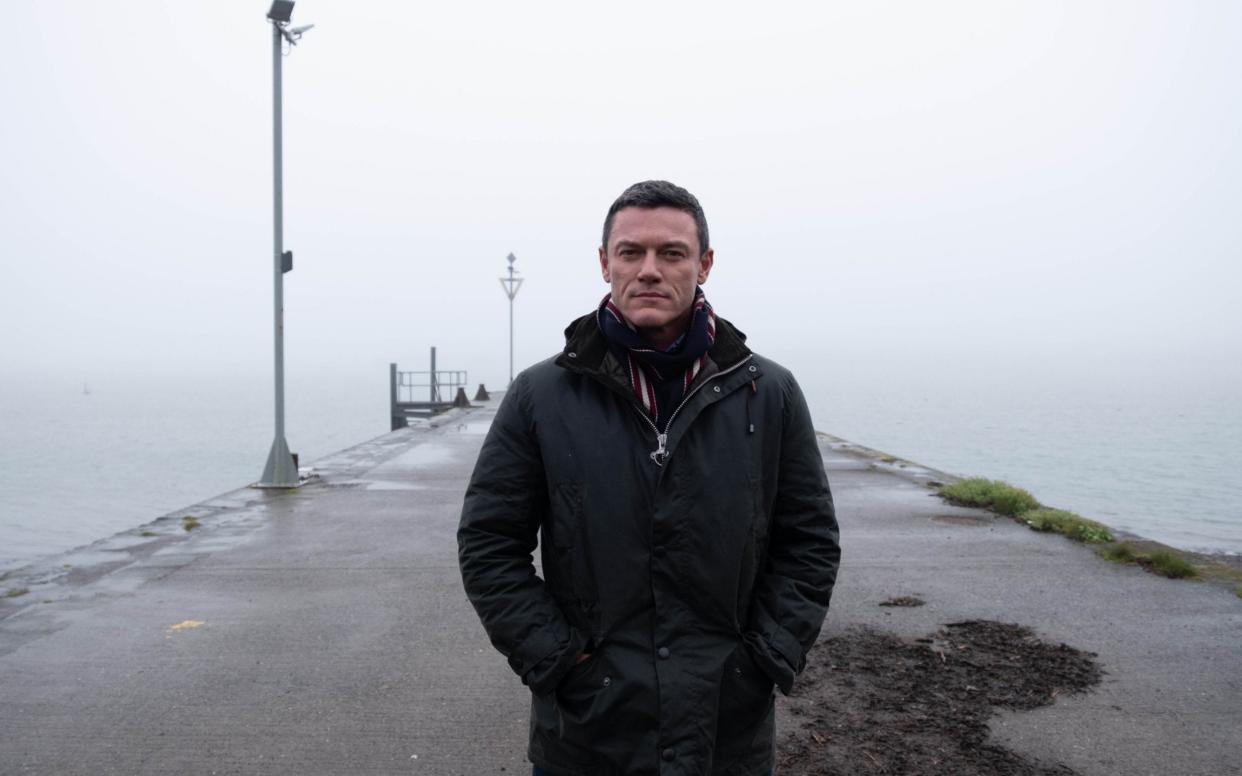
It’s one of the most bizarre moments in British criminal history. One month before carrying out a horrific double murder in a South Wales beauty spot, psychopathic serial killer John Cooper recorded an appearance on one of the most popular shows on national television – Bullseye, a Sunday evening ITV game show that attracted up to 20 million viewers in its Eighties heyday.
The show, hosted by club comedian Jim Bowen, featured contestants trying to win big prizes – speedboats, cars, holidays – with their skill at darts. Often, they went home empty-handed, with Bowen’s catchphrase, “Look at what you could have won”, ringing in their ears. That’s what happened to the handsome Cooper in May 1989, but not before he had chatted to Bowen about his “unusual” hobby – scuba diving.
Even now, it’s hard to connect the man on the show with the merciless killing of two innocent people just weeks later.
“You wouldn’t guess, would you?” says Nick Stevens, the writer of ITV’s gripping new three-part drama, The Pembrokeshire Murders. “He seems shy, chummy, quite intelligent.”
“The Bullseye Killer” would escape justice for the murders for another 20 years. By 2006, it was a cold case that had gone very cold, but its legacy of fear had not gone away. On June 29 1989, on the Pembrokeshire coast near Little Haven, a married couple on their annual camping holiday went missing while walking the spectacular clifftop coast path. Six days later, their bodies were discovered, hidden in woodland in a precarious spot by the cliff edge.
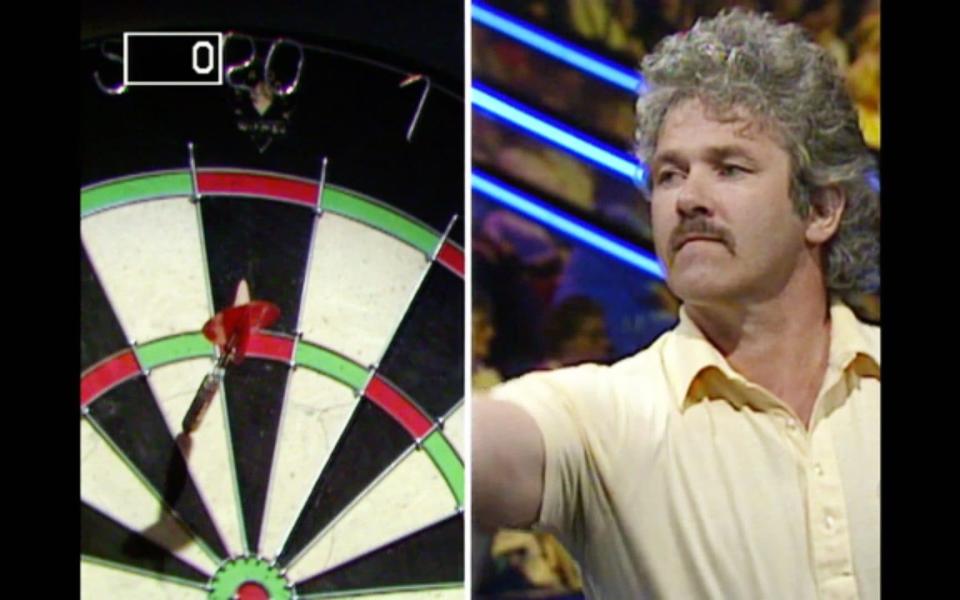
Marketing manager Peter Dixon, 51, had been tied up and shot in the face from close range; his 52-year-old wife Gwenda had been sexually assaulted before being murdered. The killer took Mr Dixon’s wedding ring and wallet, and used his cash card at a cash dispenser, with the correct pin, after the murder. An appeal on BBC’s Crimewatch had resulted in more than 1,500 calls, but the police investigation came up short. No one was charged.
It was the second shotgun murder in the area in three-and-a-half years. Just before Christmas 1985, a ferocious blaze had consumed a remote farmhouse, three miles inland from the port of Milford Haven. Inside were the badly burnt bodies of brother and sister Richard and Helen Thomas, both in their 50s. Richard had been shot in the stomach, while Helen had been bound and gagged before being shot in the back of the head. A 100-strong squad had been put on the case, but the killer was not found. Then, in 2006, advances in forensic science prompted Dyfed-Powys Police to initiate a systematic review of the evidence in both cases.
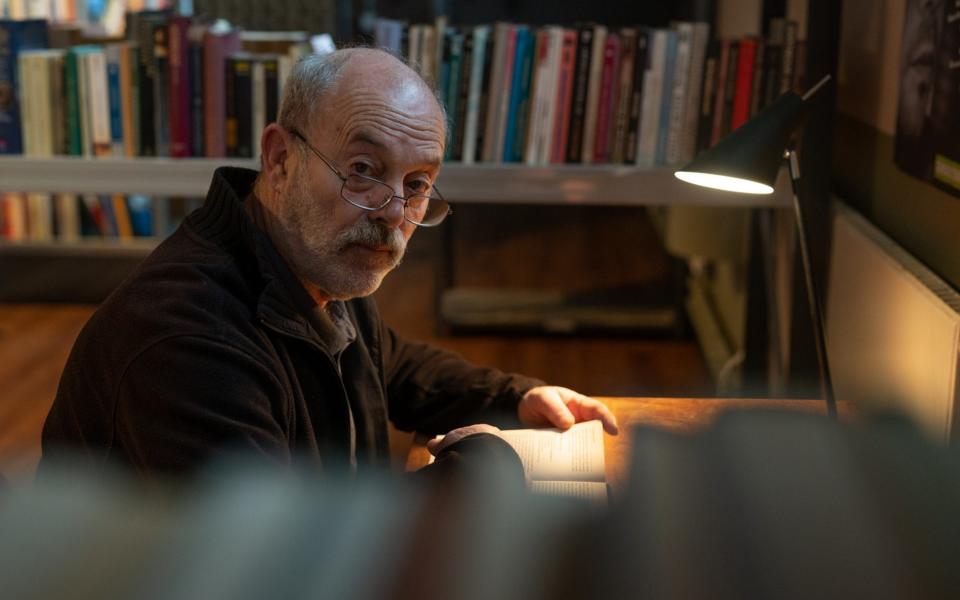
It’s this painstaking cold case investigation, Operation Ottawa, led by Steve Wilkins (Luke Evans), that is dramatised in the new ITV series The Pembrokeshire Murders. Detectives were able to connect the crimes, and realised they were looking for a serial killer. They also tied the murderer to the rape and sexual assault of two teenagers in a separate attack in Milford Haven in 1996.
And they had a prime suspect. Cooper’s home was in the hamlet of Jordanston, barely a mile from Scoveston Park farm, where the Thomases had been murdered. And, in 1998, he had been sentenced to 16 years in prison for 30 burglaries and a violent robbery, in which a woman living alone in the nearby village of Sardis had been tied up and beaten with a shotgun. Cooper’s house was at the centre of the pinwheel of those offences, and a search of his property turned up 3,800 items of interest, including ammunition, ropes, jewellery and more than 500 keys, some of which were linked to specific burglaries.
Cooper (played in the drama by Keith Allen) had been arrested and interviewed at the time in relation to the Scoveston and Coast Path Murders. But, in an interview lasting only 13 minutes, he refused to answer any questions. And in 2006, he was soon to be eligible for parole. ITV Wales journalist Jonathan Hill unexpectedly found himself part of the reinvestigation. He had been planning a series of documentaries about unsolved crimes in 2007, but, after a meeting with Wilkins at police headquarters, agreed not to go ahead. The two would later write a book about the investigation, but before that they collaborated on a broadcast targeting Cooper in prison, where they knew he watched the evening news, with a tantalising new appeal that suggested they were close to catching him, thanks to DNA profiling.
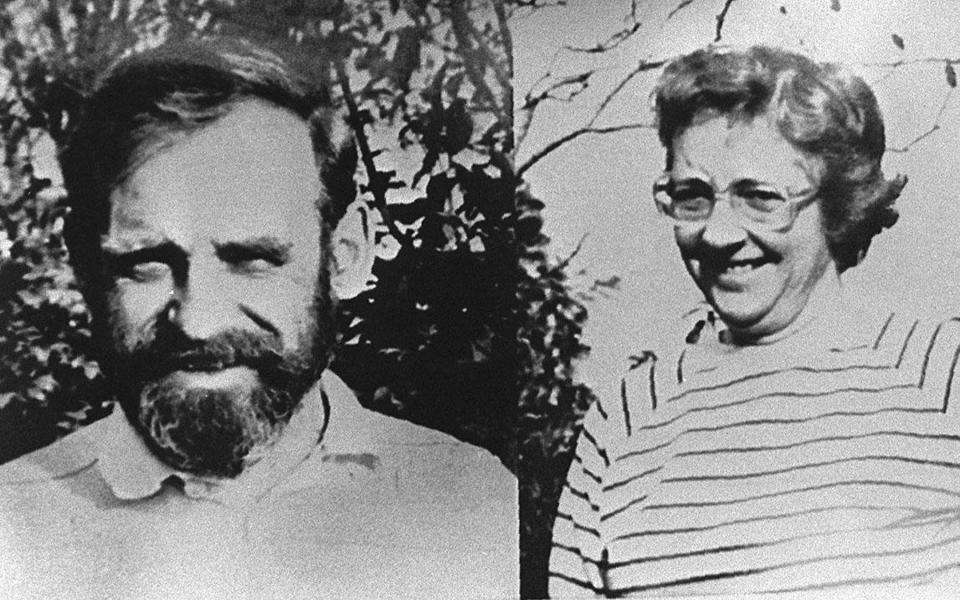
In fact, the squad had spent more than £150,000 on re-examining forensic evidence, without making a significant breakthrough. With Cooper soon to be released, time was of the essence. The investigation needed to talk to their suspect, but Wilkins was determined that the squad learn a lesson from the original failed police interview. They set out to get Cooper to engage, deliberately not challenging him at first, allowing him to give his version of events and paint the picture he wanted to.
It worked. Cooper talked for four days, as documented in Wilkins and Hill’s book, offering explanations to muddy the waters anywhere he thought the police might have new DNA evidence, even making insinuations that implicated his own son. Amazingly, during one interview, he had even written a note to himself about the gun used in the robbery for which he had been convicted: “Sardis gun, Judge Moreton, destruction-order!”
It wasn’t until afterwards that detectives realised the judge had indeed issued an order that this piece of evidence be destroyed after Cooper’s robbery trial… but it had never been carried out. The words on Cooper’s notepad directed them towards what they now believed must be a murder weapon. It was collected from the police premises where it had been stored. New pieces of the jigsaw were also falling into place. After Hill’s broadcast, a new witness came forward who saw a man using Peter Dixon’s bank card at a cash dispenser in 1989. The police already had an artist’s impression of a man in khaki shorts with shoulder-length hair, but of course it no longer looked anything like the much older Cooper.
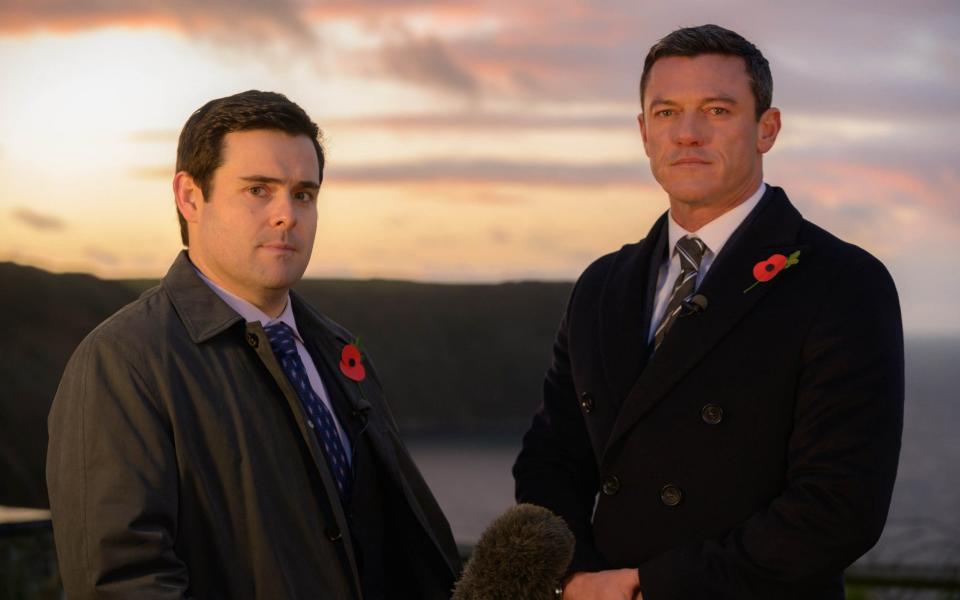
However, police inquiries had by now revealed that Cooper had appeared on Bullseye. And, after they hunted down a tape of the show, a profile of Cooper taken from a freeze-frame provided an uncanny mirror image. It was a eureka moment. Another was waiting for them in June 2009, when scientists tested a drop of blood found on a pair of green shorts taken from Cooper’s bedroom. By this time, however, Cooper had been released on bail, and Wilkins’s worst fears were realised when he picked up the phone on the night of his return home. “Hello boss, it’s control room,” the voice said. “John Cooper has phoned 999, and I think he has murdered his wife.”
Patricia Cooper, however, had died of natural causes. She had once provided an alibi for her husband, when he told police that the wedding ring he had sold to a jeweller’s in Pembroke after the murders was his own. I asked Hill if he thinks Pat Cooper knew that her husband was the murderer?
“Steve has wrestled with Pat Cooper all the way through because he’s very sympathetic to her and her life was a living hell,” he says. “It was an abusive relationship. She stayed with him, but she literally dies the night he comes out of prison. Probably because of the stress of him coming out. #
“Whether she knew, I don’t know. Maybe in her darkest moments, she had suspicions. His son will tell you that on the night of the Scoveston fire his father wasn’t in all evening, but came in at half 11 smelling of smoke and had a bath.”
Cooper has never admitted to his crimes. But DNA sealed his fate. The blood on his shorts was found to be Peter Dixon’s, and, after black paint was removed from the gun mentioned on his notepad, so were the specks of blood found near the barrel. Cooper was tried and, in May 2011, convicted of both double murders, as well as the later rape and sexual assault.
For some, says Hill, such violence still seems unimaginable. “I’ve spoken to the landlord of his local pub, who to this day can’t believe that it’s Cooper. He always says he was the nicest, nicest man in the pub. There was this kind of, not Johnny, no, not good old Johnny.” It was the pub where he played darts.
Good old Johnny turned out to be the Bullseye killer.

